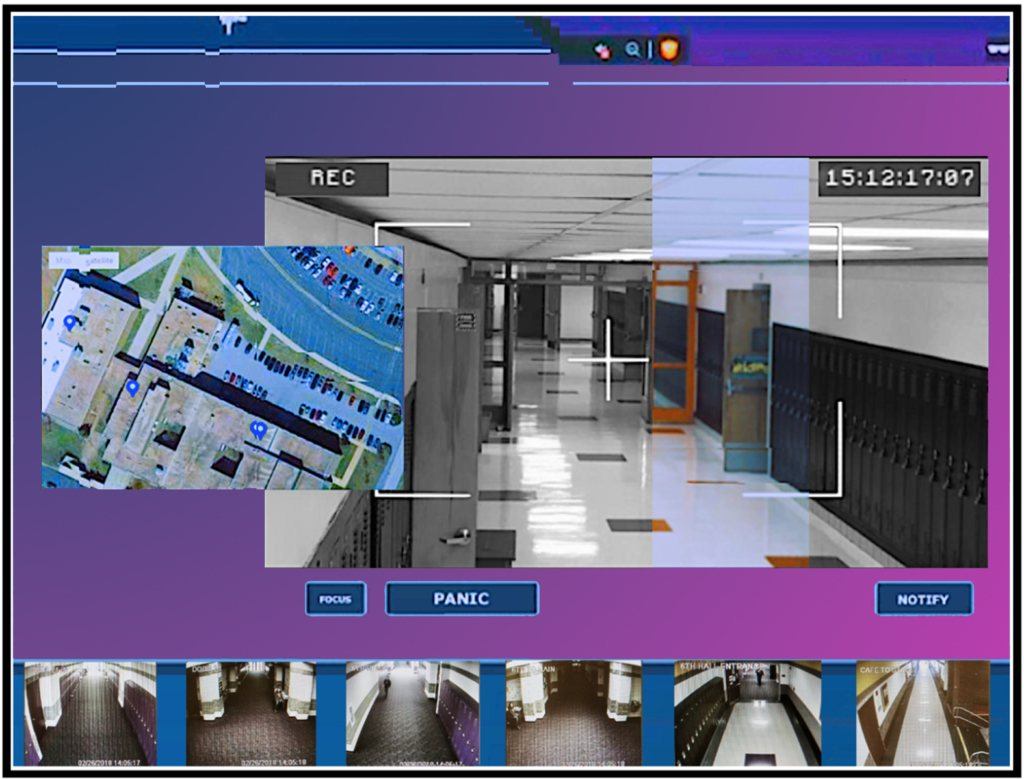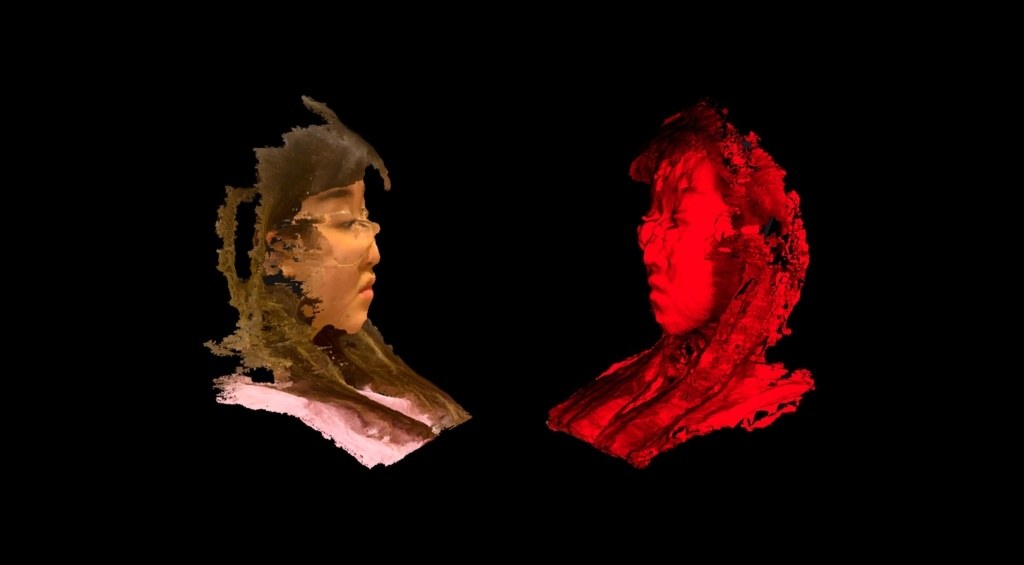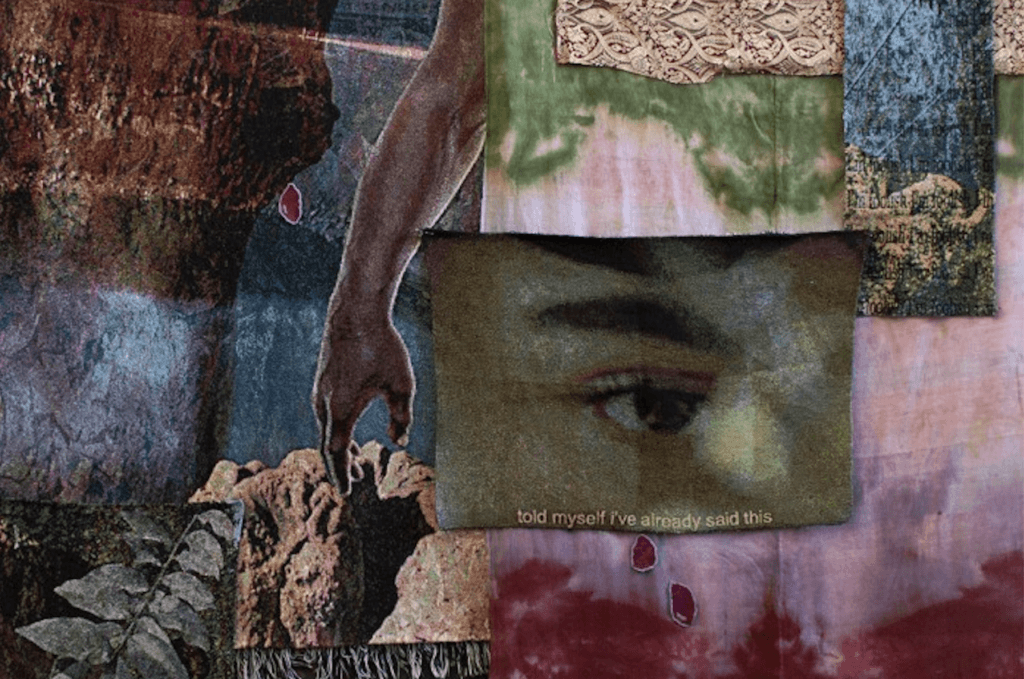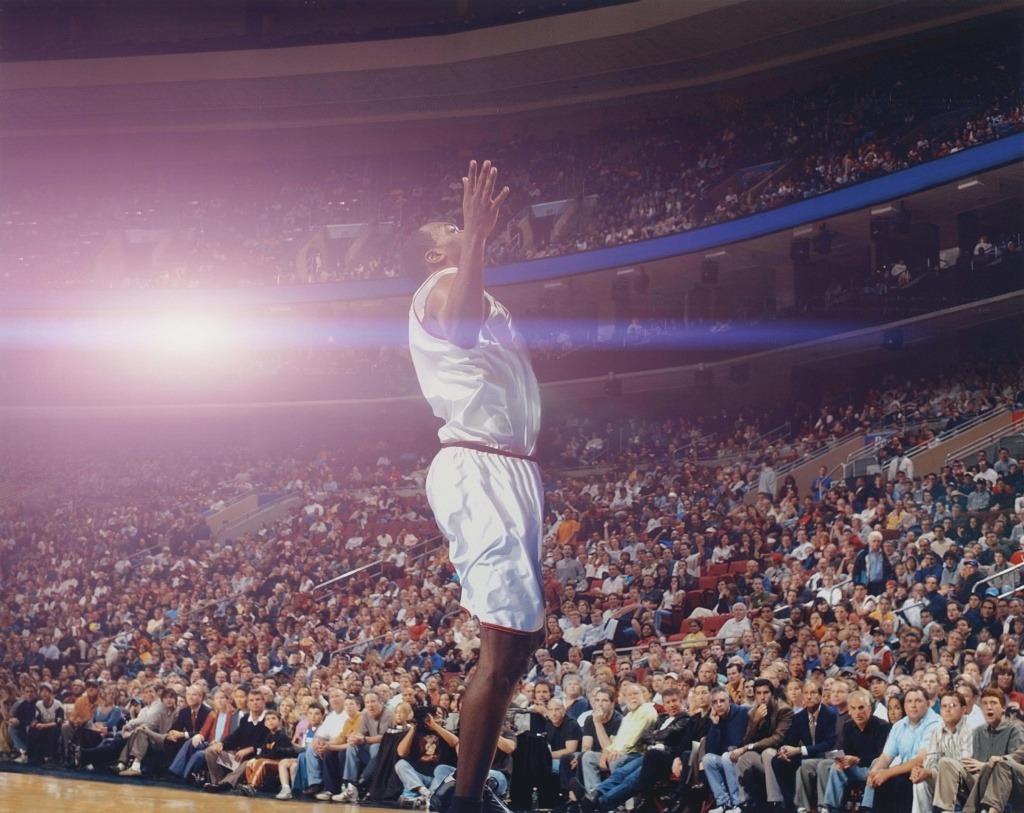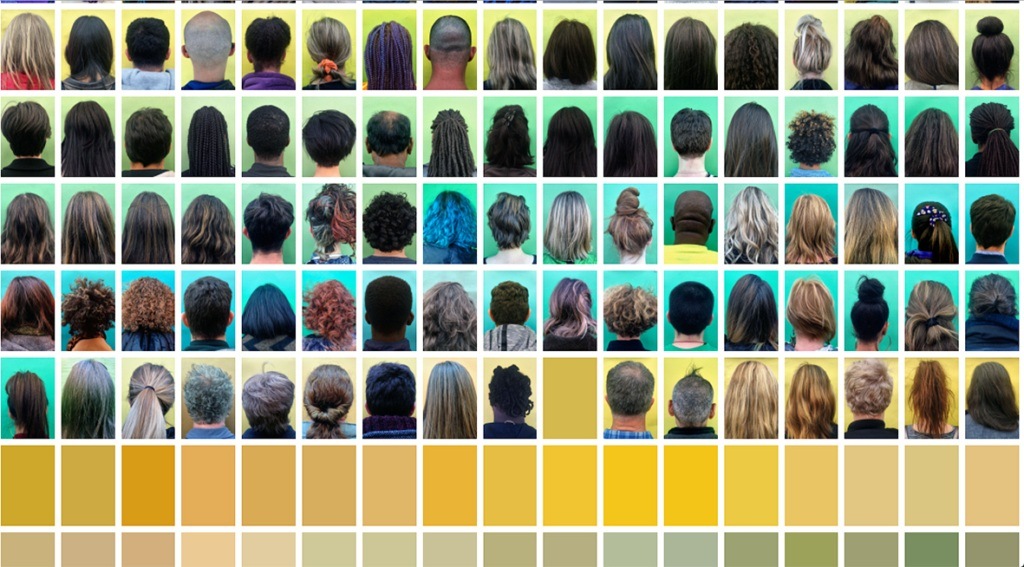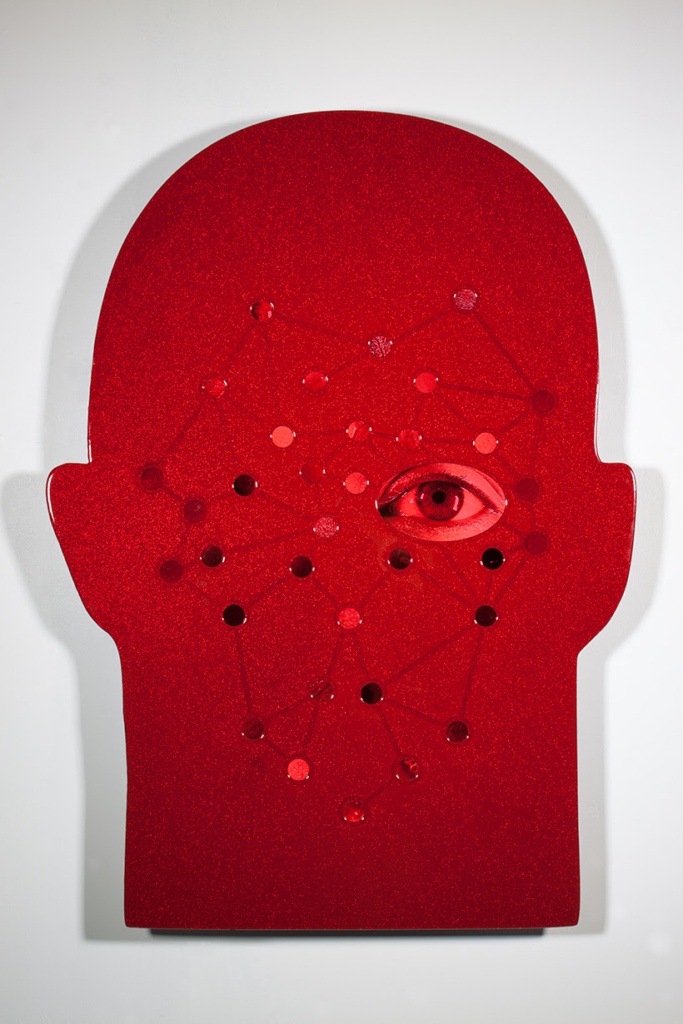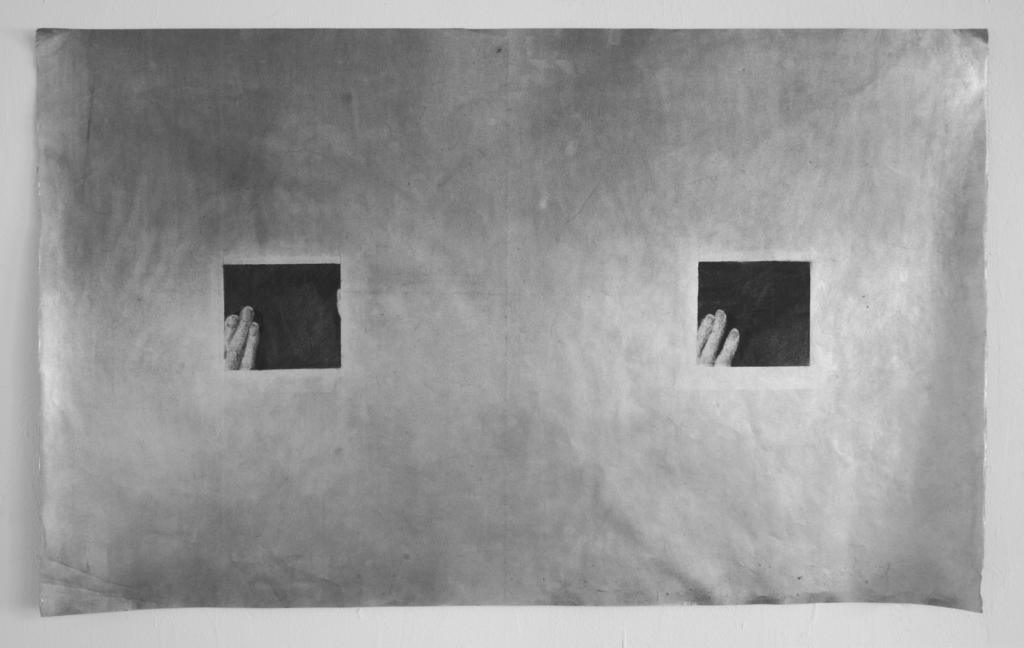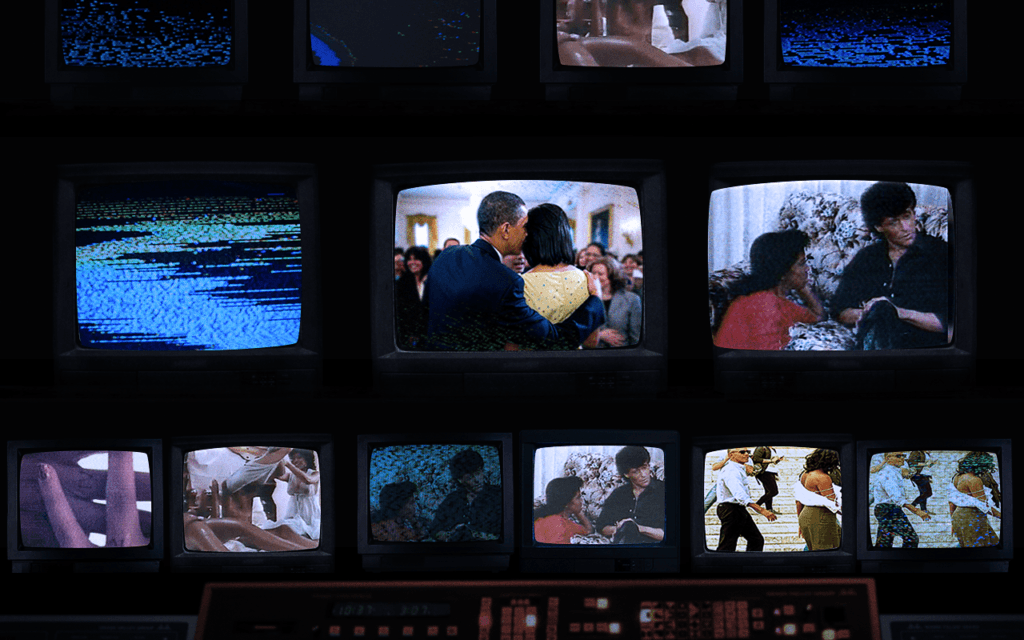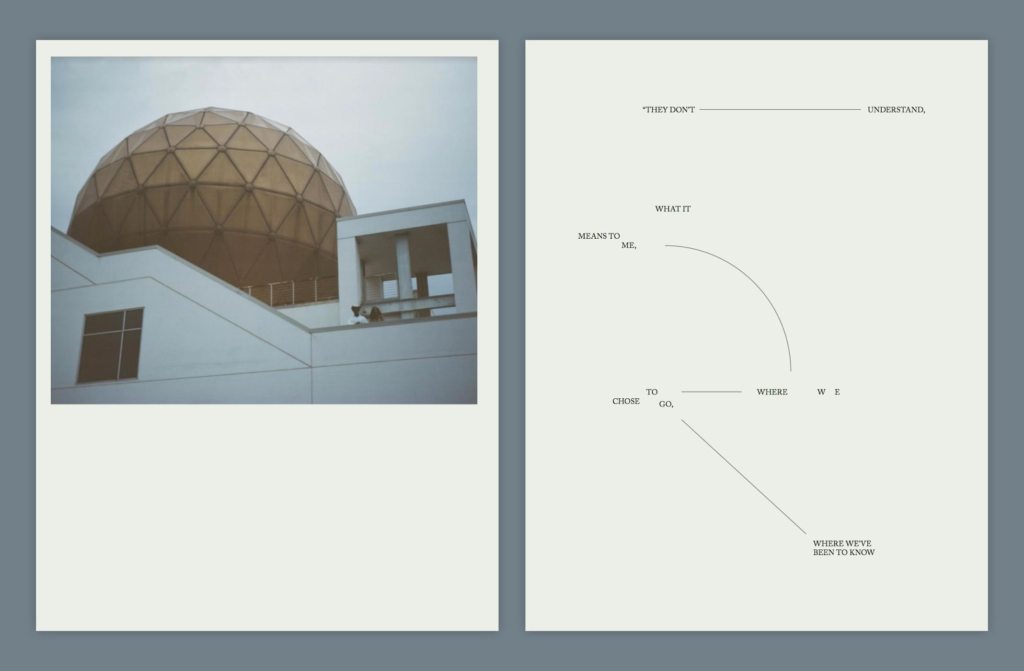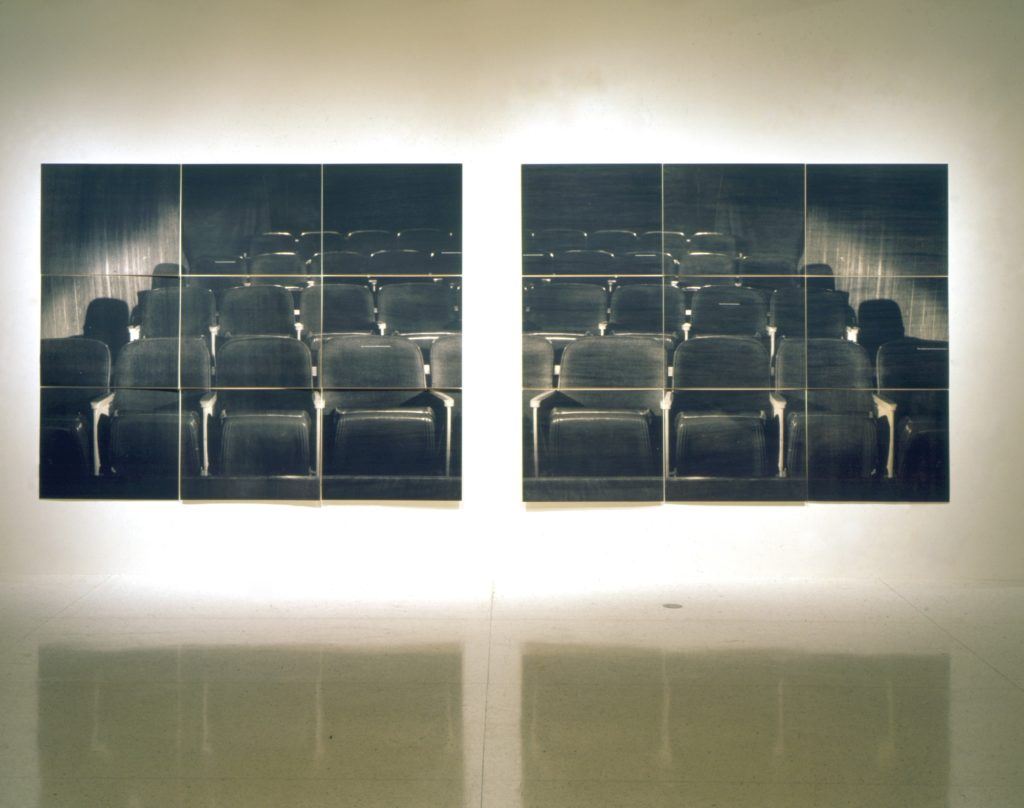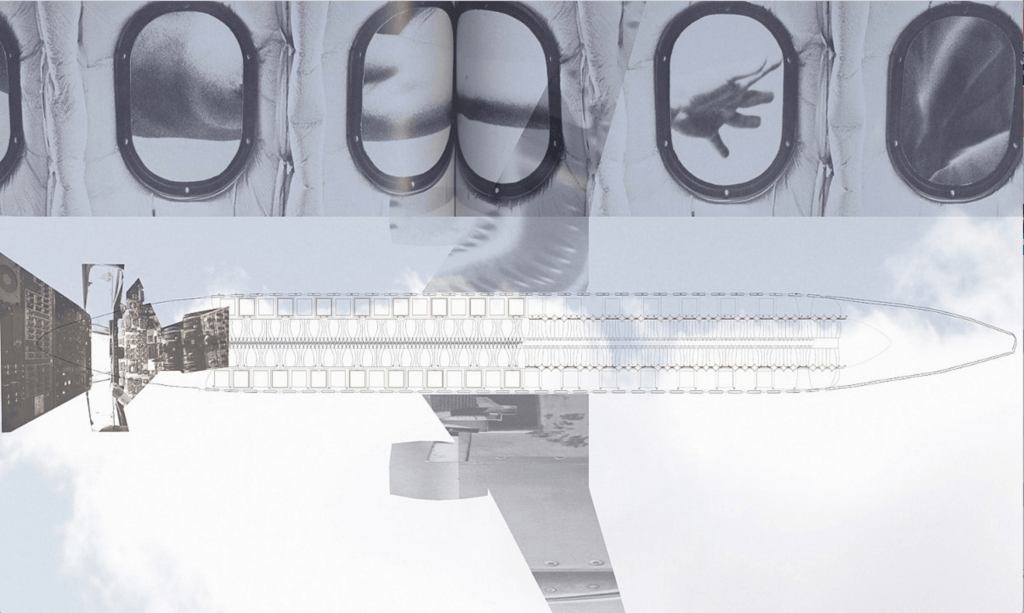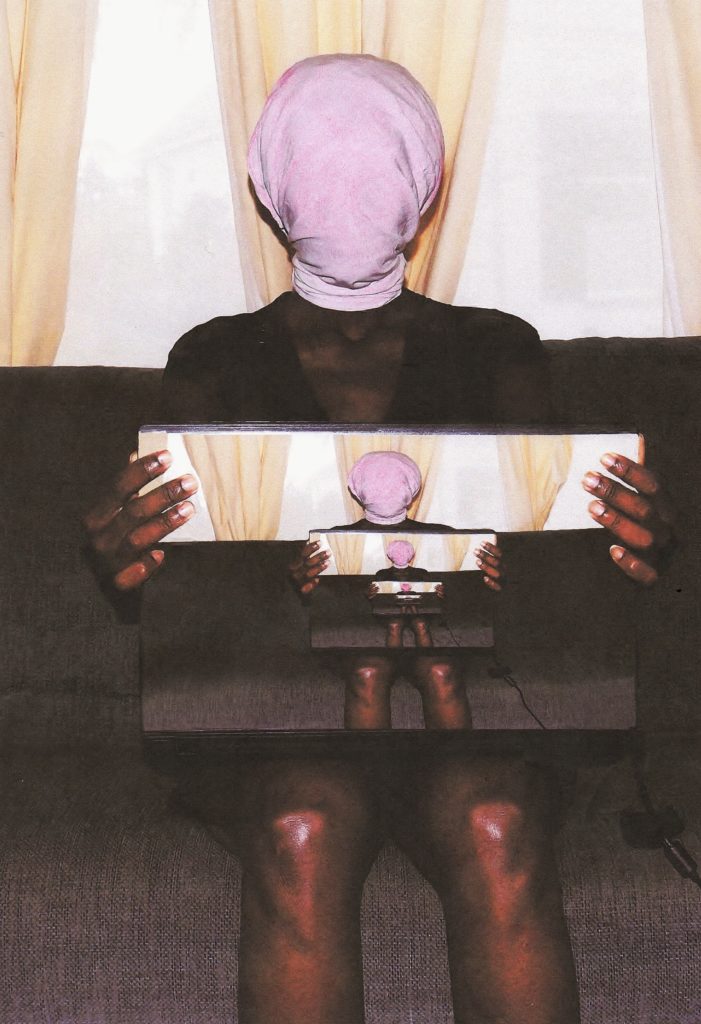Topics
Racism
On the reproduction of marginalization
Hall Monitors
After school shootings, the surveillance industry mobilizes to sell school districts on more intensive monitoring schemes that they claim could help prevent future tragedies. But rather than successfully predict future crime and protect kids, increased surveillance in schools targets students of color for exclusionary discipline
On Techno-Orientalism
Social media accounts by white users pretending to be Asian represent a mutation in the logic of appropriation. The Asian body, historically reduced in the white Western imaginary as machine-like, is held up by the emerging techno-culture as an uncanny cyborg ideal.
Oversaturated
“Centering” race is not the same thing as undoing racism. The concept of “saturation” helps explain how institutions of power can become more accommodating to racial critique and racialized peoples without fundamentally transforming into anti-racist bodies.
Contracirculation
The circulation of images of Black suffering and death in social media risks making them into a spectacle or a commodity, tokens of white guilt. But if these images can be used as currency, it is also possible to reverse this process, to contracirculate images so that the very fact of their ubiquity drives a broader demand for change.
Toward the Shroud
Constant surveillance shapes the contours of everyday Black life, imposing schemes of biometric identification of “good” vs “bad” citizens. Pandemic surveillance plays into similar techniques. But we can also imagine futures of ungovernability, of survival tactics to evade such surveillance and demand the undoing of a world predicated on anti-Black violence.
Friction-Free Racism
Silicon Valley has learned to profit by selling “friction-free” interactions, interfaces, and applications as a form of convenience. In these, a user doesn’t have to engage with people or even see them. The racism and othering implicit in this are rendered at the level of code, so these users can feel innocent and not complicit.
Controlled Measures
Physiognomy was eventually debunked, but its legacy of what Cedric Robinson calls racial thinking has lived on in Silicon Valley’s cultural imaginaries as part of the heavily capitalized project of turning the world into a datafied engineering project. If we’re looking for a real “root cause” of “criminality,” we should look not to biology but to politics, which organizes how a society decides what is and is not a crime and how punishment is administered.
Move On Up
The construction of the Black family as perverse exposes the flimsy boundary between normative and taboo adulthoods. These forms of family life are being defined in social media practices in a way that doesn’t adequately take race into account. Centering Black families and Black adulthood tropes reveals that inadequacy and shows an alternative way to understand the preoccupations with adulthood in a capitalist society.
Poetic License
Rebounding from its problematic beginnings as a rap translator, Genius claimed its mission was to “annotate the world.” However, the site still relies on Black music and Black culture for its branding, and the attempt to translate or distill the genius of Black music through lyrical annotation only shows the fruitlessness of the task itself.
On Seeing Blackness
Images of anti-Black violence have been used to promote white supremacy since the beginning of photography’s practice. This complicates the idea that disseminating these images could be a means of combating anti-Black brutality. But the ways these images are contextualized, repurposed and reconstituted by Black people are part of an infinite field of possibility for cultural and identity creation and assertion.
Against the Clock
“Real time” is a popular narrative device in American portrayals of the War on Terror. The format is a particularly insidious form of propaganda: by normalizing the anticipation of an attack, it attempts to justify surveillance and preemptive strike; and by reenacting events in spectacular fashion it attempts to restore for white viewers the illusion of white control.
Poor Meme, Rich Meme
Memes and Blackness are intertwined, and the meme’s tactical similarity to historical Black cultural forms makes them — predictably — vulnerable to appropriation and capture. But if memes reiterate the inequities between Black creators and white appropriators, can they also move us into a new collective Blackness?
